How to create a modern rustic color scheme – 3 simple tips from designers who love this timeless style
These interiors feature timeless blends of modern and rustic – here's how designers got the color scheme down
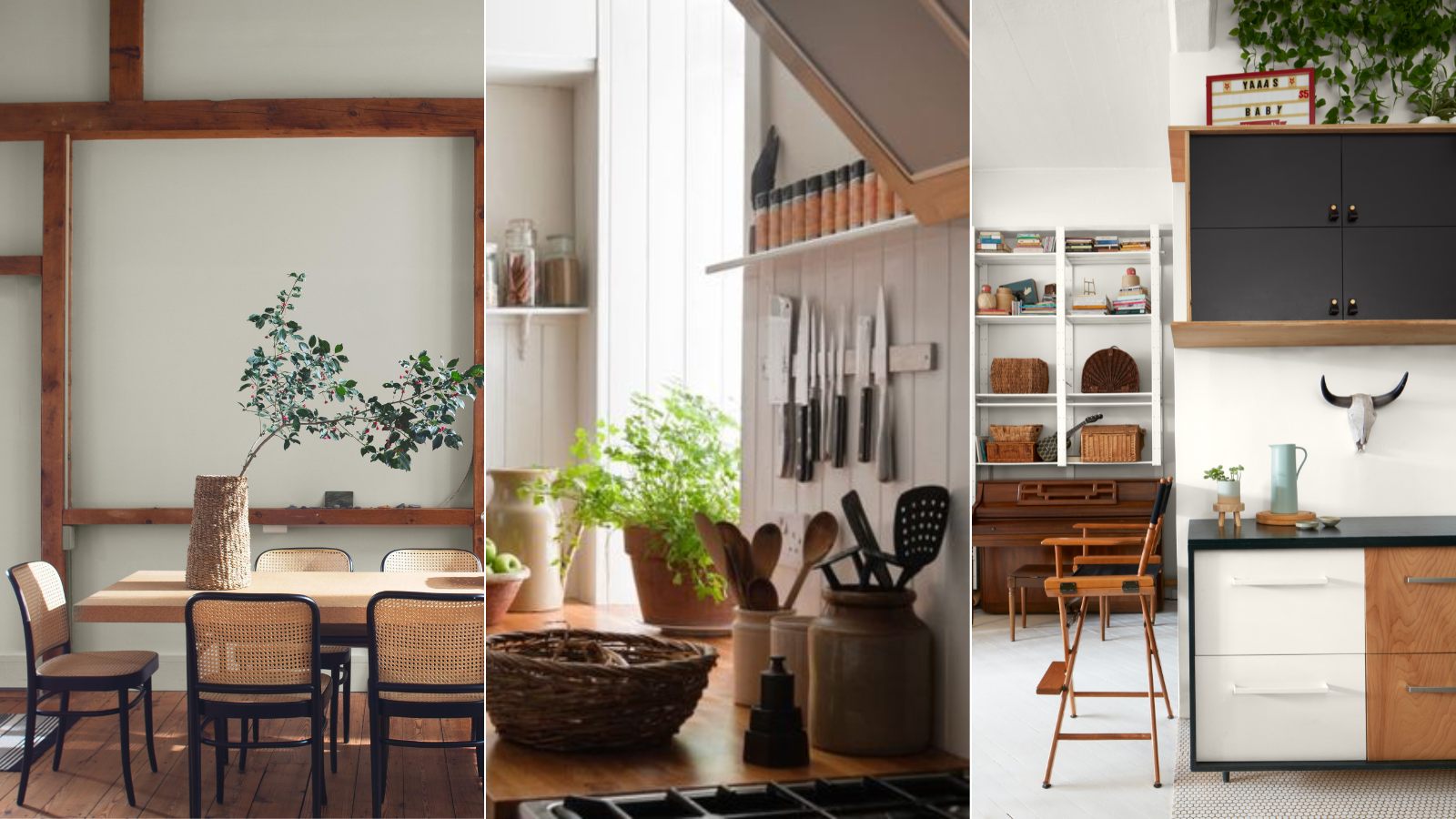

Finding a balance between old and new design styles is never easy, but the payoff is often unrivaled. Without proper planning, rustic design schemes can feel dated and kitschy, while modern looks can be difficult to bring to life. But the combination of modern and rustic creates a sophisticated yet lived-in look that designers love.
As with any style, it's important to get the color scheme down before diving into a redesign. Incorporating the natural, earthy colors of rustic alongside the stark, simple hues of modern, this color scheme is refined and timeless. Here's what designers have to say about achieving the modern rustic style and what colors to include.
What is modern rustic design?
Modern rustic offers a happy medium between two classic looks, and its versatility stands the test of time. Using the sleek style of contemporary design with touches of the natural textures and materials of rustic, modern rustic balances the brand-new with the well-loved. Updating the rustic look with modern materials makes for an elegant and eye-catching home.
'Forge a timeless yet refreshed ambiance by infusing earthy tones into your contemporary space. Steering clear of transient interior design trends, you can achieve a classic, enduring aesthetic while incorporating subtle changes,' says interior designer Rushda Hakim.
How to achieve a modern rustic color scheme
The concept of modern rustic is hard to beat, but putting it into practice can be quite challenging. For general rules to follow and specific paint colors to pick up, we spoke with interior designers about getting the modern rustic look right. Here are four of their favorite tips.
1. Start with a warm- or cool-toned base
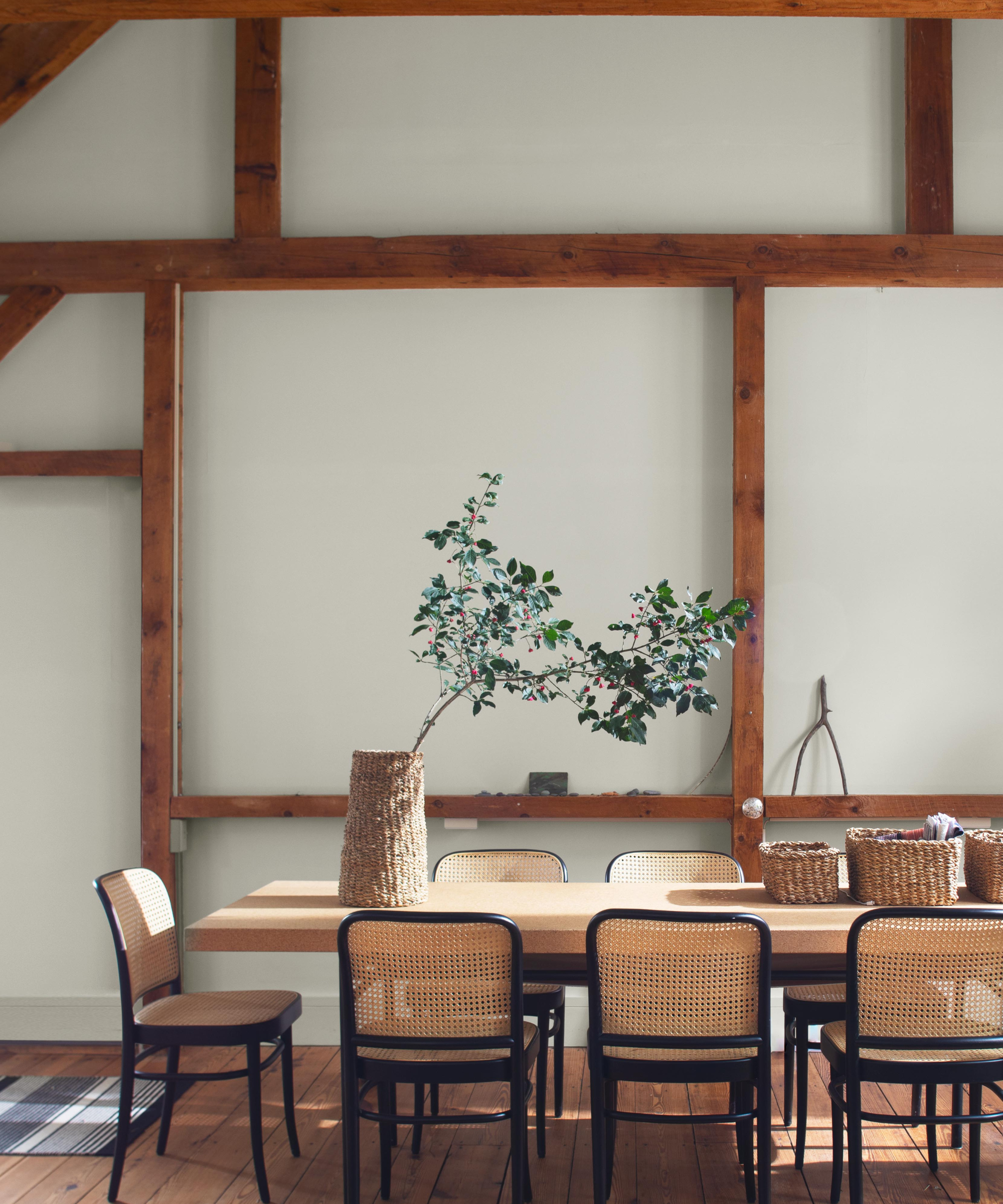
It's always important to start with a solid canvas, and color schemes are no exception. Arianna Barone, color marketing manager at Benjamin Moore suggests deciding between a warm-toned or cool-toned base before adding in your accents.
If you tend toward 'warmer off-whites and relaxed neutrals,' Arianna are no exception.Arianna Barone, color marketing manager at Cloth OC-142 or Inner Balance 1522. From there, you'll have free reign to add modern furnishings and deeper accents – Black Ink 2127-20 and Wrought Iron 2124-10 are great options for smaller pops,' says Arianna.
On the other hand, neutral paints with cooler undertones offer minimalistic bases, allowing for more rustic layering later on. With the solid foundation of a cool-toned background, textural details, greenery, and a deeper brown or gray accent offer the warmth that any space craves.
'Cooler grays, like Vapor Trails 1556, are a color palette staple in modern design as shown in this dining room. By pairing them with natural materials and warmer colors, like Simply White OC-117 and Black Bean Soup 2130-10, the space goes from modern to modern rustic,' says Arianna.
2. Opt for a black-and-white base
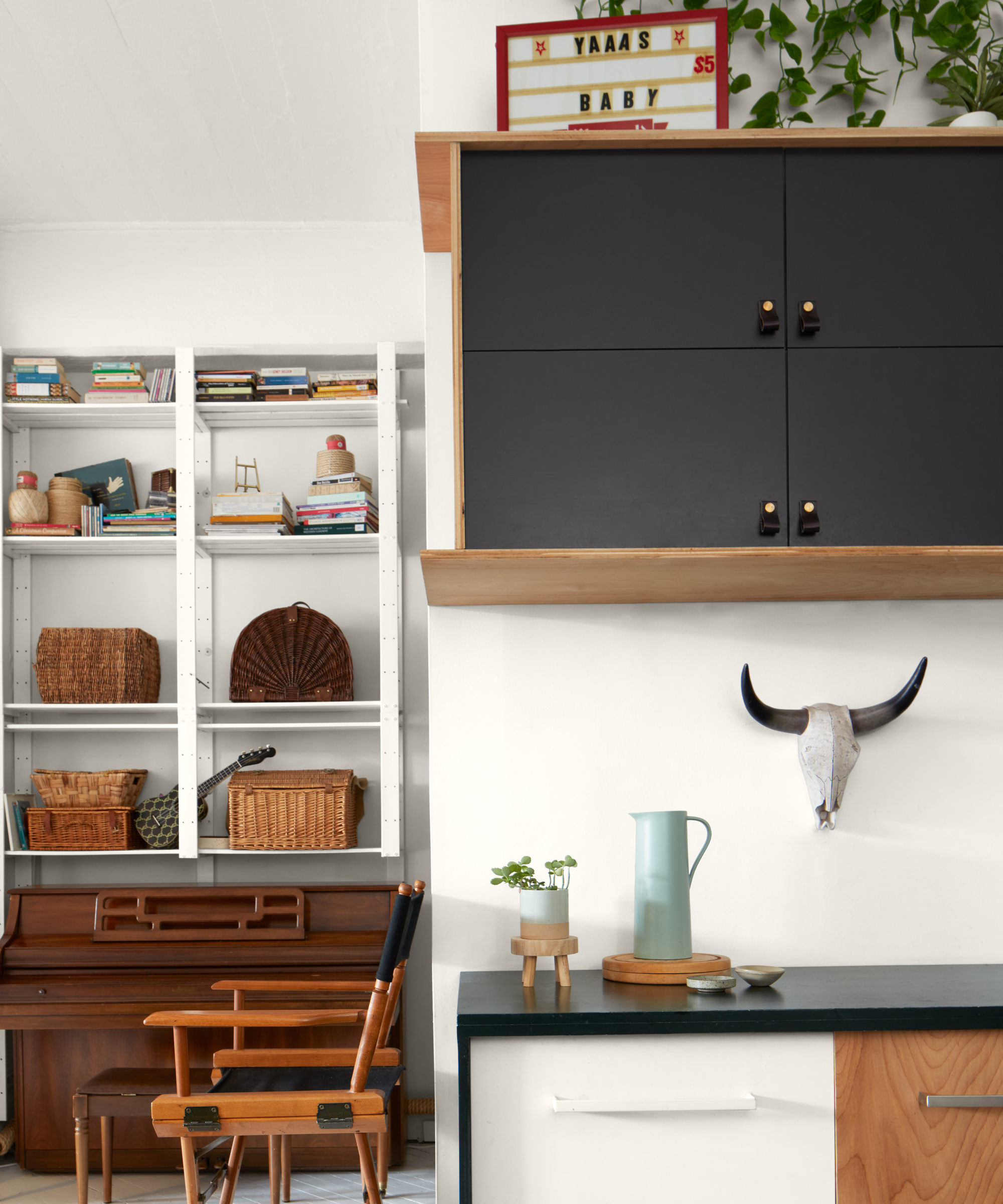
Modern rustic doesn't always need to stray on the side of beige, though. For those looking for a slightly bolder representation of modern rustic design, opt for a black-and-white base. Arianna says this classic choice is popular in modern design schemes, and provides the perfect backdrop for rustic add-ons.
'In this kitchen, Onyx 2133-10 and White Heron OC-57 create perfect symmetry. Meanwhile, the wood kitchen cabinets and furniture help bring a more relaxed look to this modern rustic space,' she says.
4. Experiment with earth tones and charcoal gray
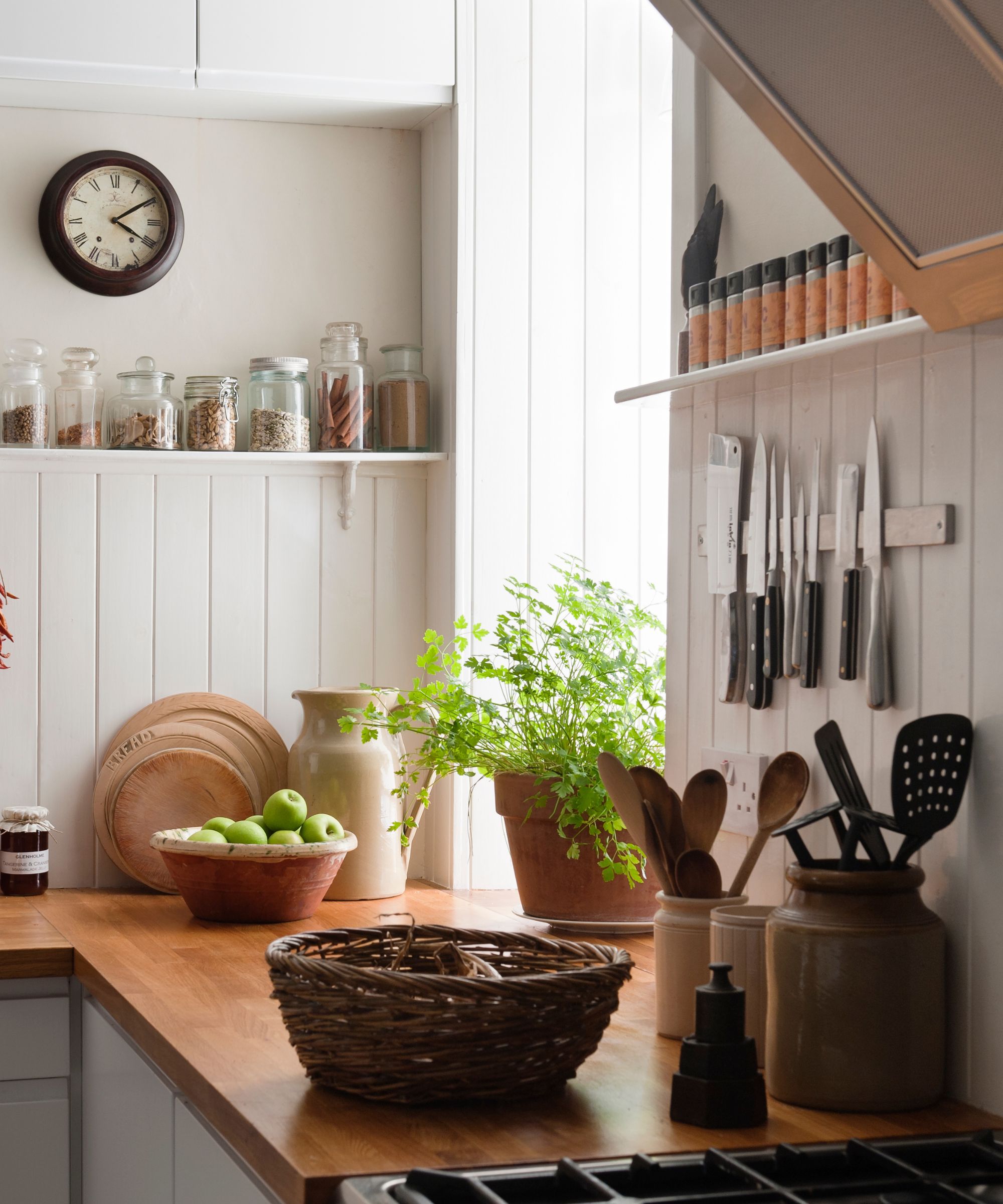
Earth-inspired hues like rust, terracotta and sage green are rustic design staples that'll never go out of style, says Rushda. They're easy to use with different shades of wood and neutral backdrops and add a warm, homey atmosphere.
'These colors form a harmonious union with both dark and light wood shades, providing a versatile backdrop for your space. Opt for lighter neutral wall colors to create a balanced and inviting atmosphere,' says Rushda.
And for a unique color choice that won't overpower your modern rustic space, Rushda suggests charcoal gray. Featured in this modern bedroom, classy touches of charcoal gray appear in throw pillows, artwork and a side table.
'This nuanced addition acts as a refined accent, ensuring a contemporary edge while maintaining a gentle harmony with the earthy foundation,' she says.

Rushda is an award-winning interior designer with training in Mumbai and London. She now owns her own women-led firm in New York City.
Though finding a balance between modern and rustic interior design styles can be quite challenging, these expert-approved color scheme tips will bring your space a long way. A combination of neutral base colors and deep, warm accents will create the perfect blend between high-class and homey.
Sign up to the Homes & Gardens newsletter
Design expertise in your inbox – from inspiring decorating ideas and beautiful celebrity homes to practical gardening advice and shopping round-ups.

Abby was the Interior Design News Editor at Homes & Gardens and is now studying for her Master's degree in Journalism at City University, London. Prior to joining our team, she worked with Better Homes & Gardens, where she wrote and edited content about home decor, gardening tips, food news, and more. She studied Journalism and English Literature at New York University and moved to London to pursue her love of writing in 2023.
-
 An architectural birdhouse is the most charming backyard trend I've ever seen – and there are lots on sale for Way Day
An architectural birdhouse is the most charming backyard trend I've ever seen – and there are lots on sale for Way DayWill you treat your garden birds to a Victorian manor, or perhaps a Cape Cod cottage?
By Tenielle Jordison
-
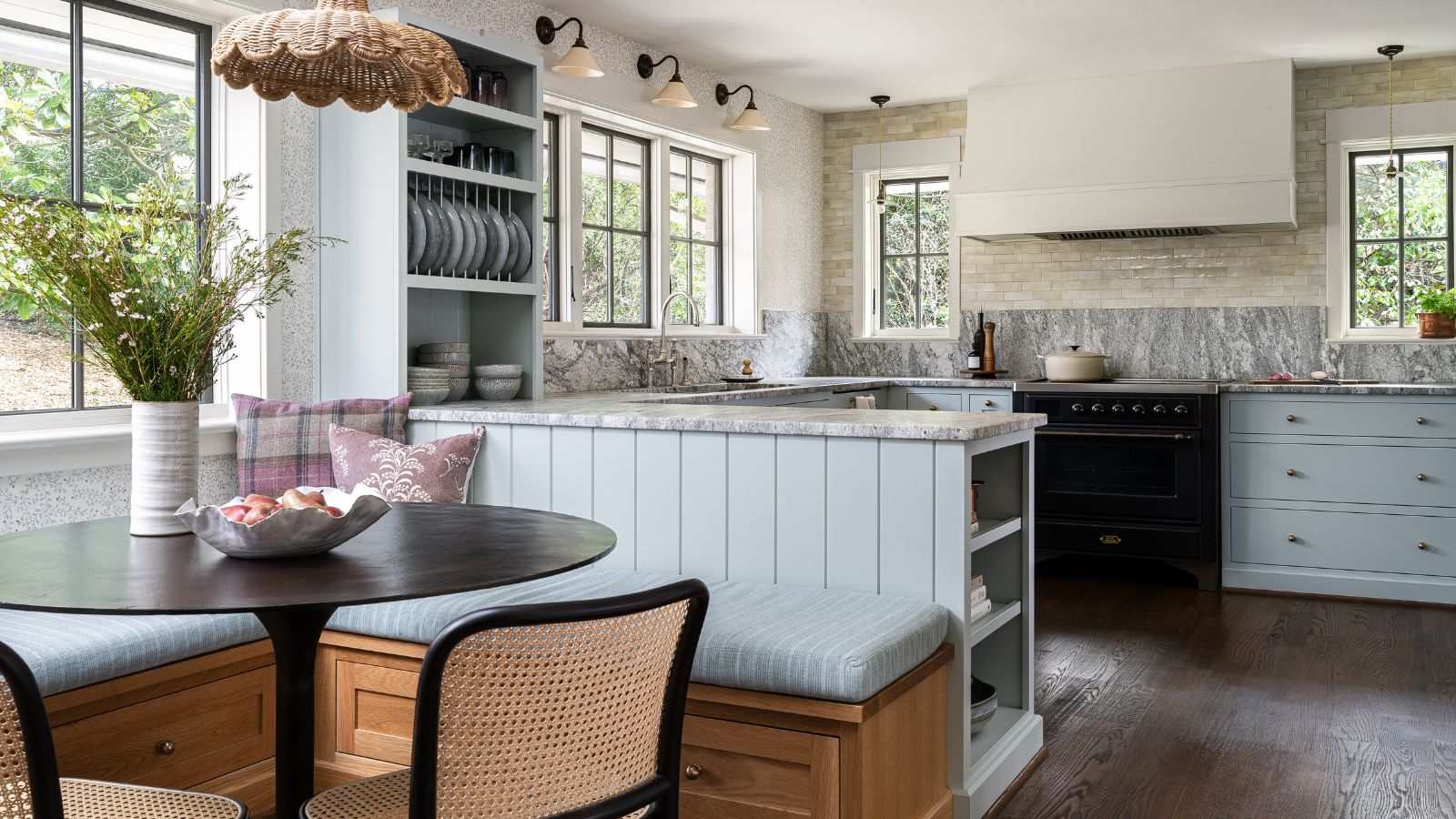 An unexpected layout has totally transformed this family kitchen – it's now filled with warmth, texture, and multifunctional zones
An unexpected layout has totally transformed this family kitchen – it's now filled with warmth, texture, and multifunctional zonesFrom chaotic to cohesive – this kitchen is a masterclass in choosing the right layout
By Molly Malsom